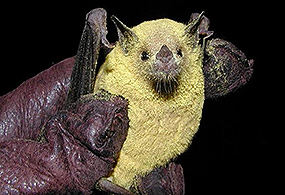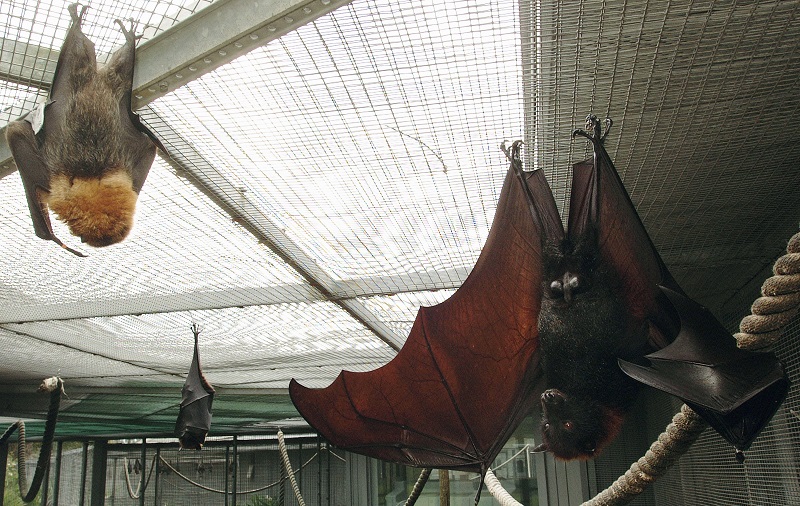Going batty – is the bat beneficial?

Often, we’re exposed to negative labels about bats that can drive us batty. If you are one who feels bats are bad and not needed, here are a few beneficial tidbits. Bats are great pollinators, help with pest control, and contribute to life-saving medicine! The lesser-nose tube bat of the southwest is the sole pollinator for the agave plant, from which we get tequila. No bats – no margaritas! Farmers use bats as natural pest control for crops, saving $53 billion a year globally. Studies on the anti-coagulants in vampire bat saliva led to medication that breaks up blood clots to better treat stroke victims.
More about Bats!

There are over 1300 species of bats in the world. The smallest bat, Kitti’s hog-nosed bat or the bumblebee bat, is about an inch long and weighs 2 grams. The largest, the Malayan flying fox, is 12 inches long and weighs 2 pounds. Its wingspan is 4 to 5 feet wide! Bats’ diets vary widely and include insects, frogs, fish, small mammals, blood, pollen, and fruit. Their habitats are equally varied. Bats live in caves, as well as in trees. While some bats will hang from a branch others will hang on the trunk of the trees. Some hide on Spanish moss, while others like the Northern yellow bat, hang from dead palm fronds. Many of our local bats, such as the evening bat, use snags or dead trees to hide behind the loose bark or in holes and cracks made by birds.
So, please stop going batty and take a few notes about how critical bats are to our environment. Many are threatened and endangered due to habitat loss and fragmentation. Did you know the University of Florida has one of the largest bat houses on their campus? Visit https://www.floridabats.org/the-university-of-florida-bat-house.html to learn about it. To learn how you can help with bat populations, visit Bat Conservation International or Lubee Bat Conservancy.
Article created by Heather Dunford, Master Naturalist trainee. Supplemental information and editing by Lisa Hickey, Sustainable Food Systems Extension Agent.
 0
0
